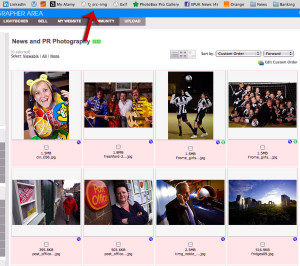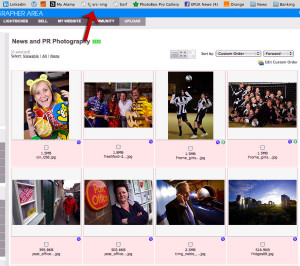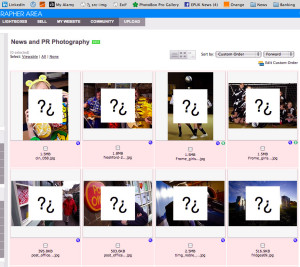Anyone who’s been following the Leveson inquiry into press standards, and let’s face it who hasn’t been riveted by every thrilling moment, will have become aware of the bashing that has been meted out to journalists, editors and management.
In many cases this opprobrium has been justified, in others it’s been pure entertainment; who didn’t enjoy watching Piers Morgan twisting in the breeze as he tried to sidestep the questioning? Or relish the vision of Paul Dacre coming to the boil when being challenged to withdraw his “mendacious smeers” comments over Hugh Grant’s accusation that Mail titles had hacked his phone.
In amongst all the noise about phone hacking and the general skullduggery of journalists, some will have heard the rough ride photographers have received. Stories of press photographers banging on car windows, hiding to get the shots of grieving parents… you get the picture.
The problem I have with what I’ve heard is that the newspaper industry has spent the past ten years dismantling the training and career structure for photographers. At the same time we’ve seen the rise of the citizen photo-journalist.
There was a time when to be a press photographer you had to go through formal training which included lecturing in the law and the Press Complaints Commission code of conduct. And as the law and the PCC code changed, so photographers would be kept up to date via their bosses or commissioning editors.
That isn’t to say all photographers were perfect, but training makes a difference. It means when a photographer oversteps the mark, there’s no excuse. There’s a course of action to be taken and discipline can be administered. A staffer might lose their job or a freelance dropped if they break the law or breach the PCC code in a flagrant way.
It may be entertaining to hammer the press in the current climate, and Lord knows they’ve brought much shame upon themselves, but publishers need to start investing in training again and we have to accept that if we rely more on amateur photographers to supply our news images, the price to pay may well be more infringement.
On the flip-side of that is the fact that the citizen journalist may not be aware of their rights to take pictures under certain circumstances, and in fact their rights do not match those of the card-carrying news photographer who can resist seizure of images by Police under special procedure rules set out in the Police and Criminal Evidence Act 1984.
So let’s have a think about what shape we want our news industry to be in a few years from now. The internet has changed much, and will continue to do so, but let’s not get lost in the fun of the journalist-bashing we’re witnessing now or the thought that citizen journalists will democratize news-gathering. They won’t. Trained journalists and photographers provide a valuable service at the centre of our democracy. It would be easy to lose that while we’re applauding the spectacle of Leveson.





